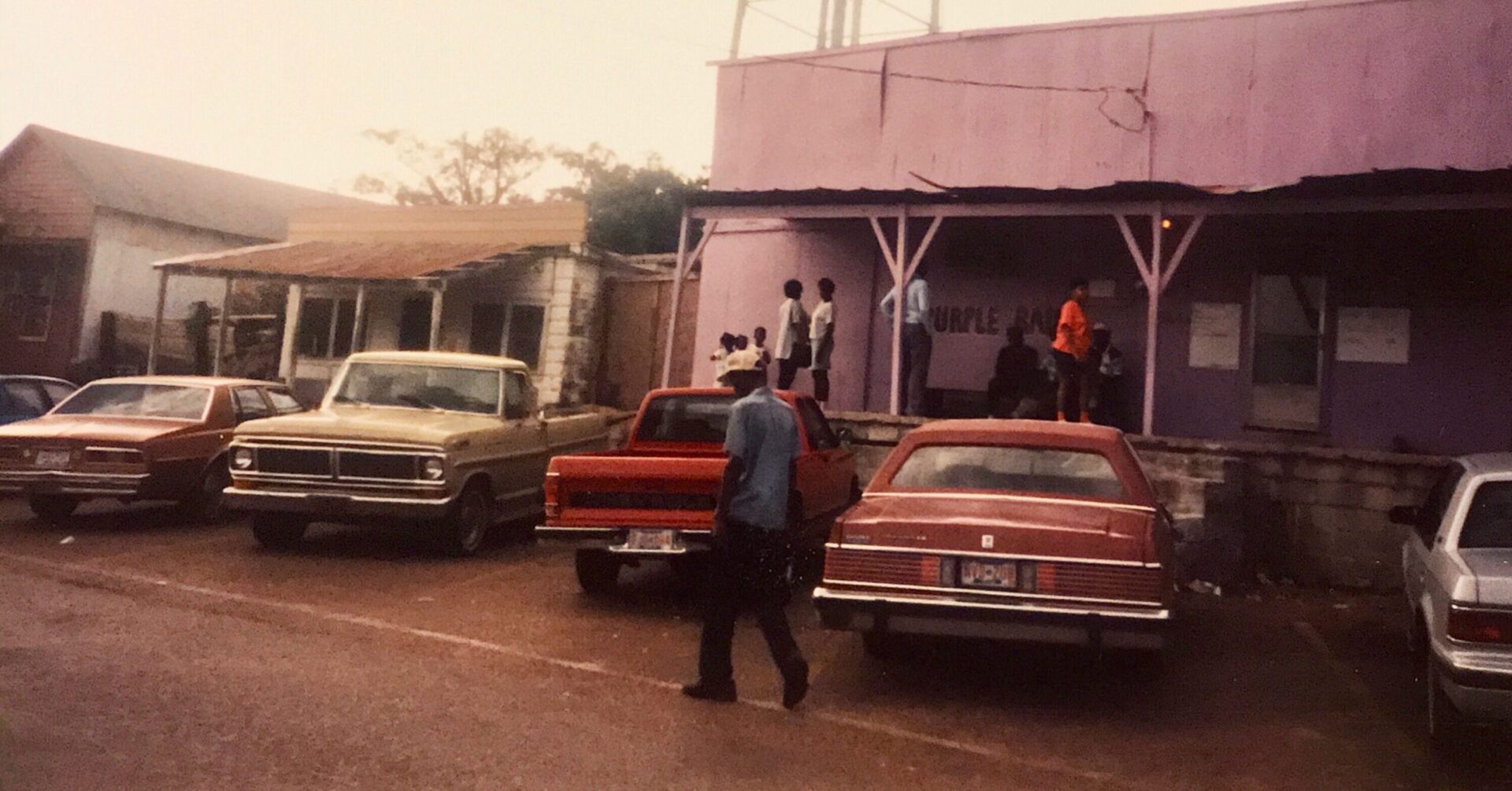One of the beauties of travelling along the Mississippi or Ohio rivers is the chance of seeing bald eagles, and we saw a fair number of them along our journey. 8/20/12
Queen of the Mississippi
One of the beauties of travelling along the Mississippi or Ohio rivers is the chance of seeing bald eagles, and we saw a fair number of them along our journey. 8/20/12
The Ugly Death of Cairo, Illinois
At the confluence of the Ohio and Mississippi Rivers sits Cairo, Illinois, a historic river town that the cruise lines no longer visit, at least in part because of complaints from passengers. Cairo today is nearly a ghost town, its broad Commercial Street almost completely razed. What few buildings remain are largely abandoned, and passengers disliked the eerie feel of the town built to house 20,000 people where only 3000 reside today. With such historic buildings as Riverlore mansion, built in 1865, the Customs House museum, or Fort Defiance, which is directly at the confluence, Cairo still has some points of interest, but the town is largely in shambles due to a eight-year shooting war between its white and Black communities from 1967-1975. Blacks refused to buy from Cairo businesses as a matter of principle. Whites preferred to shop where there weren’t fires, bombings and snipings, so they also stayed away, and the end result was that nearly every restaurant and retail business closed. In recent years, there have been efforts to rejuvenate the town, and to heal race relations in Cairo, but the lack of jobs and the extreme poverty have thwarted efforts at any renaissance. The historic buildings on Commercial Street, neglected since the 1960’s, have collapsed one by one. Furthermore, while the picketing, marching, boycotting and shooting stopped in the early 1970’s, the mysterious fires did not, and buildings and houses continue to burn in Cairo, under circumstances that suggest that multiple arsonists may be at work. Cairo is a sad story, a cautionary tale to America of what happens when people are stubbornly racist and refuse to reconcile.
The Gibraltar of the West
As a Confederate stronghold, Columbus was thought to be nearly impregnable, and thus was called “The Gibraltar of the West.” Unfortunately for the South, its fortifications proved to be meaningless after the Union managed to seize Paducah, Memphis, Nashville and other areas around it. The same things that made it impregnable also made it subject to siege, and the Confederates soon abandoned it.
Columbus, KY: Remembering A Forgotten Town
Columbus, Kentucky was the site of a major Civil War battle, as the Confederate army tried to cut off Mississippi River travel by placing a large iron chain across the entire river from Columbus to Belmont, MO. Ulysses S. Grant, in his first battle of the war, attempted to reopen the river, without success, but as he gradually captured everything else around Columbus, the Confederates abandoned it. A large section of the chain and an anchor were discovered after a river bluff caved in in the 1920’s. The town of Columbus, at least according to folklore, was considered as a possible capital for the United States by those who felt the capital should be more centrally located in a country that was rapidly expanding to the west. Unfortunately, continuing floods made life in Columbus difficult. The final one in 1927 destroyed the town more or less completely. The American Red Cross arranged for the town to be completely relocated to the top of the bluffs, and a city planner from Indianapolis was engaged to draw up a comprehensive plan for the new Columbus. He designed a town plan that was largely an oval, centered around a broad parkway, and the buildings from the old town that could be saved were relocated to the new townsite. Only about 200 people remain in the new Columbus today, but there is a Columbus-Belmont State Park that commemorates the old town and its importance in the Civil War.
On the Mississippi River between Missouri and Kentucky, 8/19/12
On the Mississippi River between Missouri and Kentucky, 8/19/12
On the Mississippi River, north of New Madrid, we encountered a wreck of an old steamboat, and a man at the end of a breakwater fishing under an umbrella in an extremely remote spot. The effects of this summer’s severe drought were evident in many places along the river. 8/19/12
On the Mississippi River, north of New Madrid, we encountered a wreck of an old steamboat, and a man at the end of a breakwater fishing under an umbrella in an extremely remote spot. The effects of this summer’s severe drought were evident in many places along the river. 8/19/12








